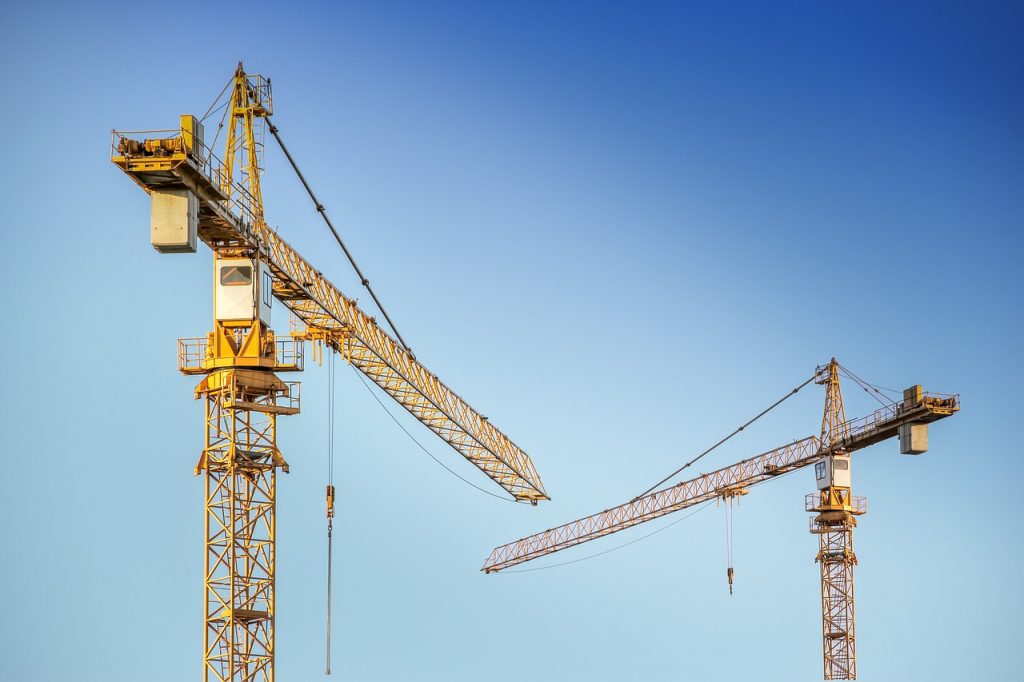source
It’s also worth considering the power source. If you’re working indoors or in enclosed areas, an electric lift is essential due to its zero emissions and quiet operation. Outdoor environments, especially in construction or utility work, might require gas or diesel-powered lifts that offer greater range and power.
For longer-term projects or sites where lift use is frequent, you might want to consider renting a more versatile model that can handle multiple types of work. Some companies even offer flexible rental plans, including daily, weekly, and monthly rates to suit different needs and budgets.


